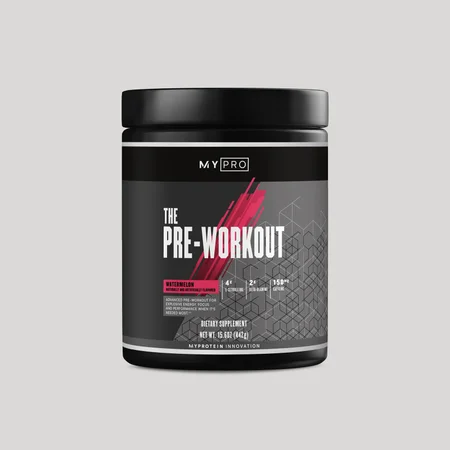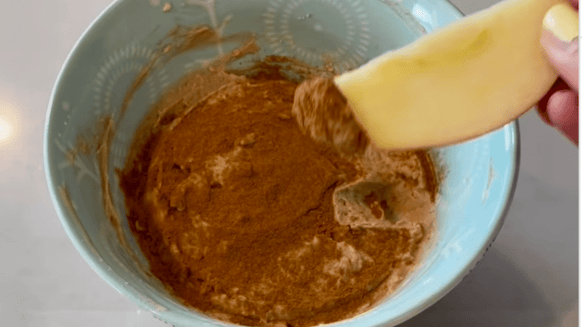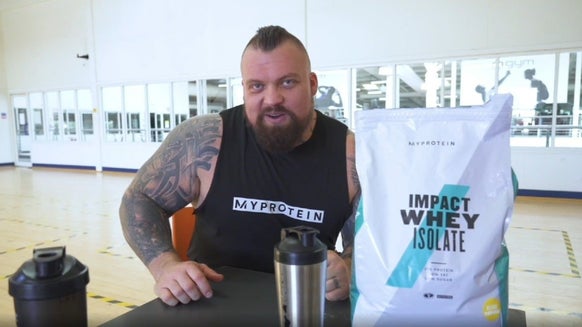
We all have our lifting preferences, whether it be training a single muscle group at a time, a few at a time, half of them in a workout, or even all of them in a single workout.
Each strategy has its benefits depending on what you are training for, but this article will be focused on one type of lifter in the gym. The lifter in question is the individual who has about six months or more of experience and wants to maximize strength and size gains as a natural.
Six months is the magic number here because in these first few months of training your CNS will be adapting to your exercise routine rapidly and effectively, most commonly known as beginner gains.
In this period you can do almost any combination of exercises and lifts in the gym and make progress. After six months (some are lucky enough to make it to a year) you have to focus on variables such as frequency, volume, and progressive overload to make new gains in strength and size.
This lifter who has to concentrate more on the categories listed above usually have to narrow down the amount of lifting strategies that will benefit them the most.
In this article, we will talk about what this has to do with working out multiple muscle groups together and how to do it correctly to maximize growth.
What strategy should a natural lifter use?
Putting proper diet aside, controlling how often you workout a certain muscle group (frequency), how many reps and sets you do for each group (volume), and constantly adding reps/sets/weight in some way every workout (progressive overload), is the success story for all natural lifters who have reached their maximum potential.
What this means is, certain lifting strategies are simply not up to all these requirements to help you reach your goals efficiently.
The first to go is the single muscle group a day routine (which includes biceps and triceps in one day, but not leg day). The reasoning behind this is that your muscles are usually fresh to be worked out every 48-72 hours (even if you still have soreness). Working out a muscle group out once a week is basically wasting this potential to use them more often and double your gains (also known as a higher frequency).
The next to go is the full body and upper/lower splits. While you are working out each group a few times a week, these splits don't allow for enough volume with each muscle group (unless you spend 3 hours at the gym). Not to mention they are so taxing that you usually have to take a day or two between each workout before you can do it again.
So where does that leave us with? You guessed it, working out a few muscle groups in a single workout! Exercising two or three muscle groups a day allows you to hit them more than once a week (which is a much better frequency), as well as get in enough exercises for each (which is much better of a volume load), and finally allows you to practice progressive overload in every training session.
So, what muscle groups should I workout together?
So now that we know what training strategy is best suited for natural lifters trying to get bigger and stronger, we can finally start to talk about the title of this article and answer the big question.
The most frequently used strategy to split up your muscle groups for training is known as P/P/L, or push/pull/legs. A rather simple way to structure a routine, it revolves around the idea of working out complementary muscle groups that have the same movement pattern on the same day.
An example push workout would contain chest workouts, tricep workouts, and shoulder workouts, as all the associated exercises are some form of pushing weight away from you. A pull day would be all back and bicep exercises, as these muscle groups pull weight towards your body.
Lastly, legs don't really fit into the main theme of this routine, but doing quads, hamstrings, and calves on one day instead of splitting them up is a more convenient way to wrap up the third day.
Doing all the workouts in successive days followed by a rest day is usually tolerated well, as each muscle group worked out on any given day has around three days to recover. Taking one rest day and repeating the same three workouts over the next three days will result in working out one muscle group twice a week, which is as close to ideal for natural lifters as you can get.
Another muscle group split that was once popularized by a certain Austrian Mr.Olympia is based on the opposite approach of P/P/L. By combining antagonizing muscle groups he was able to get a better pump in certain regions that were being worked out (and boy did he love to get a pump).
The routine looked like this: chest and back worked out on the same day, arms (biceps and triceps) and shoulders worked out on the same day, and again legs on their own day. The great part about this routine is that it contains the exact same volume and frequency as P/P/L (the muscle groups are just mixed and matched), meaning it is just as effective and can be done just as easily.
At this point, choosing one or the other will come down to personal preference, as they can both yield basically the same gains.
Now, with all that being laid out, there is one more muscle split routine that you can do. It might not seem that appealing as a beginner, but after advancing past the previous two listed it is usually the only option for intermediate to pro lifters…
This split is the one you make yourself! P/P/L and antagonizing groups will give you great gains for years, but at some point you will get to know your own body and which exercises you react to best so that you can actually make your own effective and efficient split workout.
Whether you eventually move more towards strength or size or a mix of both, you will find out what your weak points are and what your strong points are.
For example if you are strong on bench but have a lagging squat, an advanced lifter will find a way to balance their frequency and volume to maybe squat three or even four times a week while keeping bench at twice a week. Or if your rear and lateral delts are lagging behind your front delt, you might replace some of your front delt exercises for lateral and rear delt exercises until you are able to fix the imbalance and go from there.
Because the combinations are endless and more complex than most routines, I will save the rest of the do-it-yourself portion of this article for another time.
Take home message
Of course this whole conversation isn't black and white as everybody is different and some will react to certain routines better than others. At the end of the day though, these splits will definitely benefit the majority of natural lifters who train right and eat right.
The important takeaways from this article are short and sweet: finding the perfect balance of frequency, volume, and progressive overload will lead to your strongest and best-looking self. Combining muscle groups so you are working out each muscle group twice a week is the way to do this, but which combination is completely up to you.
There are a few popular ways to split your workouts up, but ultimately it is your decision as long as you keep the takeaways in mind. With all that being said, good luck in your lifting endeavors and train smarter, not harder!










